Potted Chamomile Plants – How To Grow Chamomile In A Container
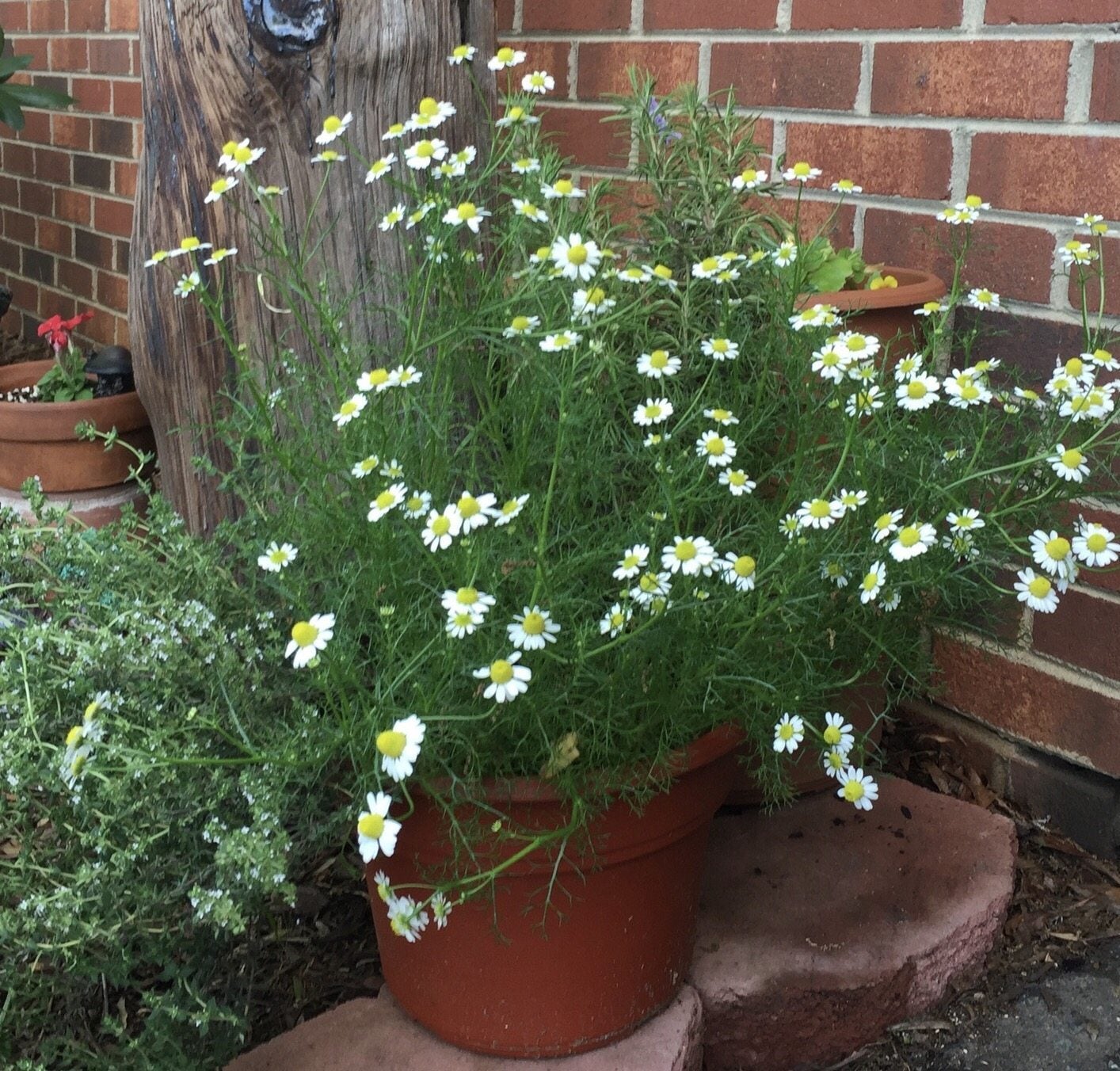

Chamomile is a lovely herb that produces dainty, daisy-like blooms throughout much of the growing season. Growing chamomile in containers is definitely possible and, in fact, works like a charm if you’re worried that chamomile, a generous self-seeder, may be too rambunctious in the garden. Read on to learn more about growing chamomile in a pot.
Note: This article pertains primarily to Roman chamomile (Chamaemelum nobile), a perennial that works beautifully as container-grown chamomile. German chamomile (Matricaria chamomilla) is a hardy annual that needs plenty of open space and, thus, isn’t recommended for containers. If you want to give it a try, use a very large container.
How to Grow Chamomile in a Container
Chamomile will grow happily in any type of container, as long as it has a drainage hole. Drainage is critical because like most herbs, potted chamomile plants are likely to rot in soggy soil. For the same reason, use a loose, well-drained potting mixture.
There are a few ways to get started with container-grown chamomile. The easiest is to purchase a small plant at a garden center or greenhouse that specializes in herbs. Alternatively, start seeds in small pots and transplant the seedlings to larger containers later, or save time by simply sprinkling a few seeds on the surface of the soil in a larger pot. A 12 inch (30 cm) container is roomy enough to grow one chamomile plant.
Don’t cover the seeds, as chamomile in a pot requires light in order to germinate.
Caring for Container-Grown Chamomile
Chamomile isn’t fussy, so potted chamomile plants require little care. Here are a few tips:
Allow the top ½ inch (1 cm) of potting mix to dry between watering, then water deeply and let the pot drain thoroughly.
Gardening tips, videos, info and more delivered right to your inbox!
Sign up for the Gardening Know How newsletter today and receive a free copy of our e-book "How to Grow Delicious Tomatoes".
If your container-grown chamomile is outdoors, move it into a shady spot when temperatures exceed 90 degrees F (32 C). Bring potted chamomile plants indoors before frosty weather arrives in autumn.
Chamomile doesn’t need much fertilizer and too much can decrease the aromatic essential oil in the leaves. As a general rule, a light application of a general-purpose, water-soluble fertilizer once every month is plenty.
Potted chamomile plants are relatively pest resistant, but small pests like aphids and mealybugs are easily treated with insecticidal soap spray.

A Credentialed Garden Writer, Mary H. Dyer was with Gardening Know How in the very beginning, publishing articles as early as 2007.
-
 4 Superfast Composting Methods: Turn Waste Into Garden Gold In 30 Days Or Less
4 Superfast Composting Methods: Turn Waste Into Garden Gold In 30 Days Or LessTry the fastest composting methods to turbocharge your pile and transform kitchen scraps and garden waste into finished compost in just a few weeks.
By Mary Ellen Ellis
-
 Best Spider Plant Soil – Complete Soil Guide And Expert Tips For Keeping Plants Happy
Best Spider Plant Soil – Complete Soil Guide And Expert Tips For Keeping Plants HappySpider plants are fun and easy plants to grow, but what is the best soil for a spider plant? Selecting the right soil is important so they can thrive.
By Bonnie L. Grant
-
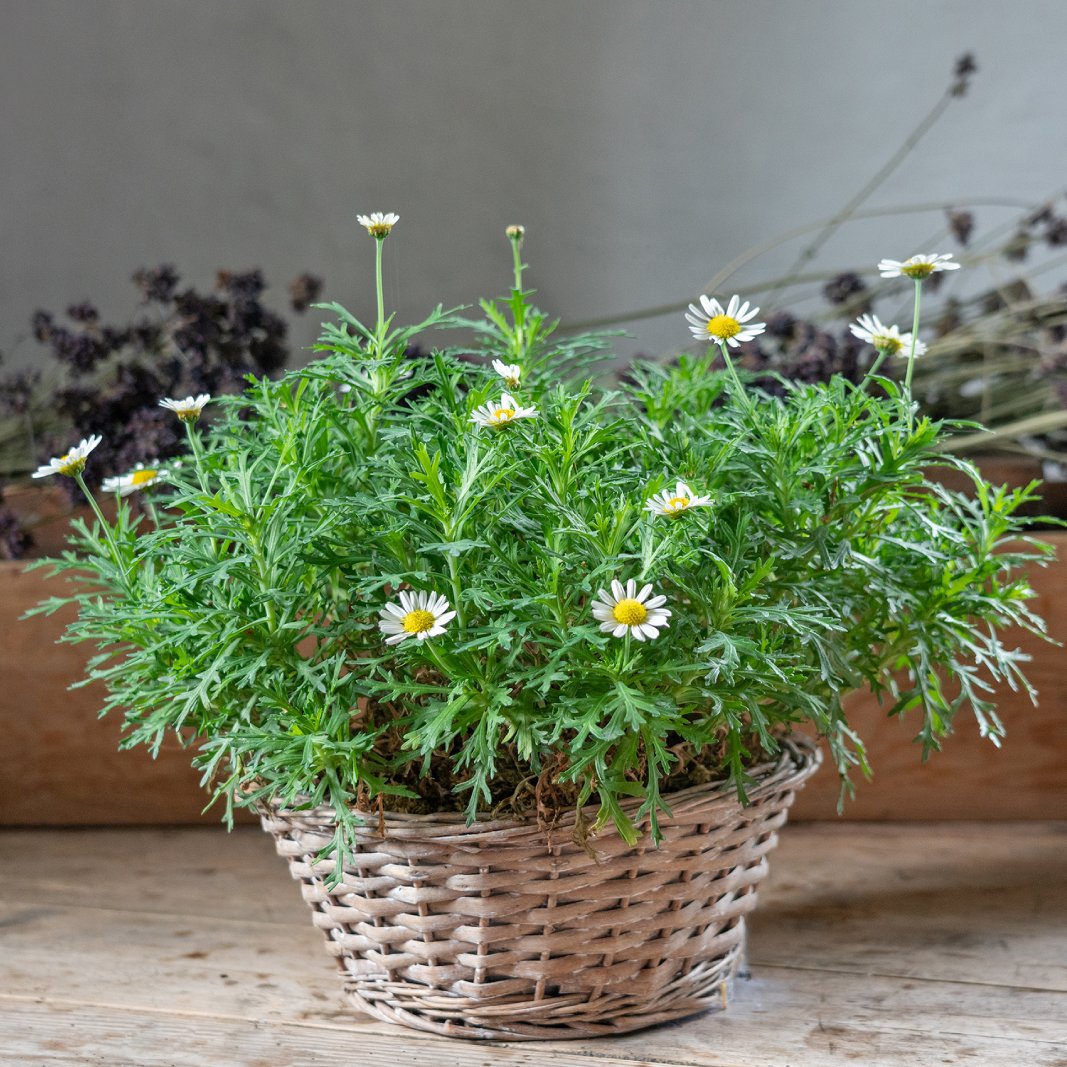 Chamomile In Containers: Growing Chamomile In Pots
Chamomile In Containers: Growing Chamomile In PotsBy Mary Ellen Ellis
-
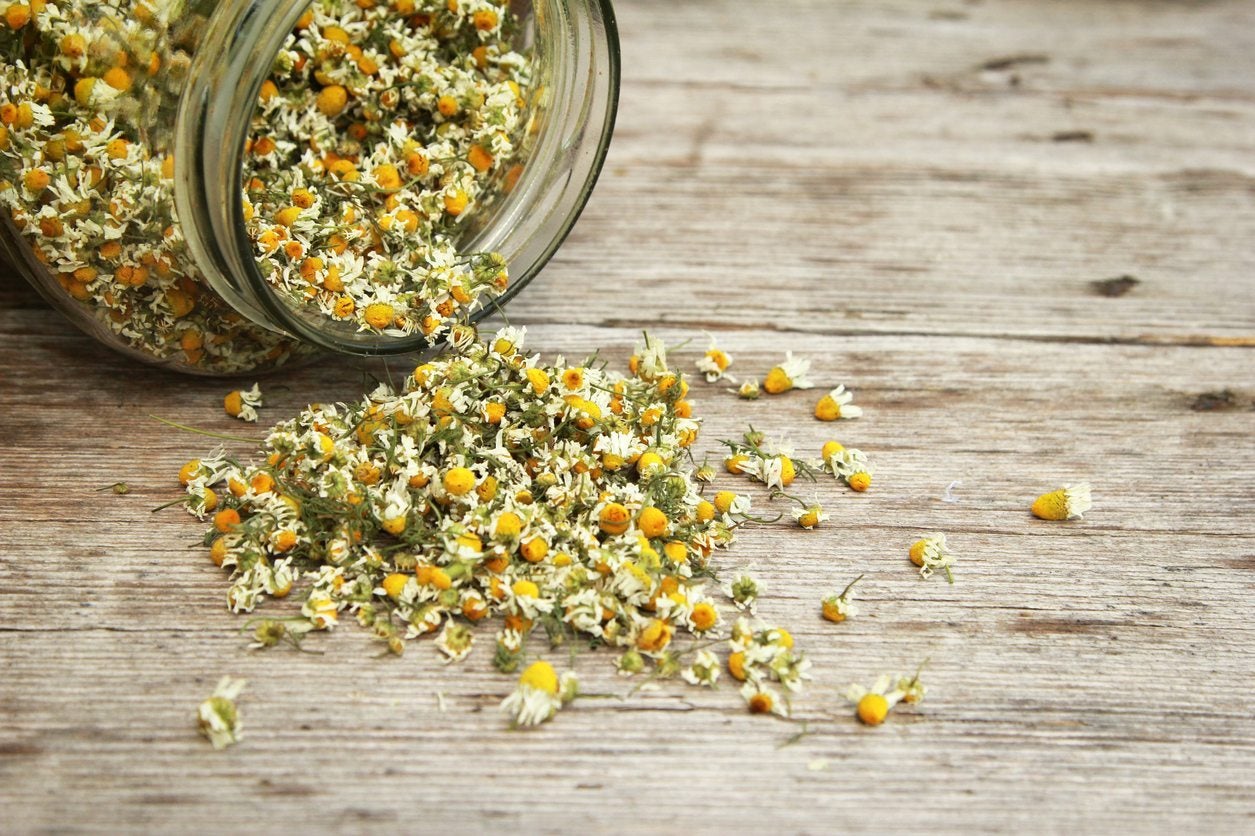 How To Dry Chamomile Plants – Tips For Drying Chamomile Flowers
How To Dry Chamomile Plants – Tips For Drying Chamomile FlowersChamomile, unlike other herbs, is harvested just for its lovely, daisy-like flowers, which are then preserved. Chamomile preservation basically means drying the chamomile flowers. There are four chamomile drying techniques. Click here to find out how to dry chamomile.
By Amy Grant
-
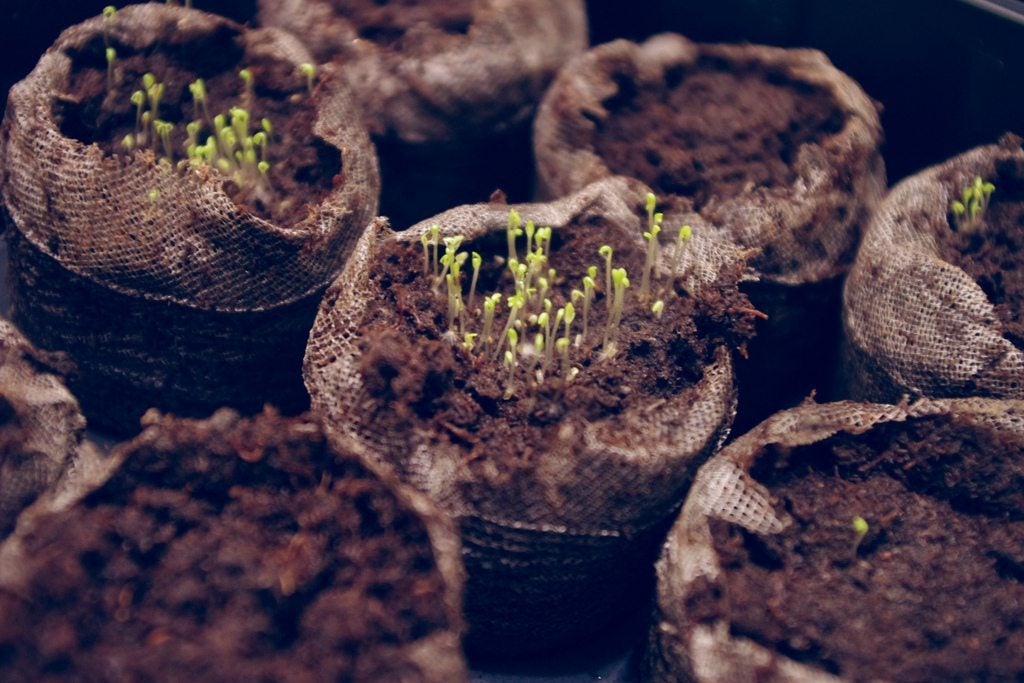 Chamomile Seed Info: How And When To Plant Chamomile Seeds
Chamomile Seed Info: How And When To Plant Chamomile SeedsAll chamomile types produce an abundance of seed that will quickly self-sow wherever it lands in warm, loose soil. Click on the following article to learn more about growing chamomile from seed and when to plant chamomile seeds in the garden.
By Darcy Larum
-
 Chamomile Not Flowering: Why Won’t My Chamomile Bloom
Chamomile Not Flowering: Why Won’t My Chamomile BloomChamomile is usually the go-to remedy for so many things, but what can you go to when it is a chamomile plant that needs a remedy - for example, how to make a chamomile plant flower if it's not. Learn more about non-blooming in chamomile here.
By Darcy Larum
-
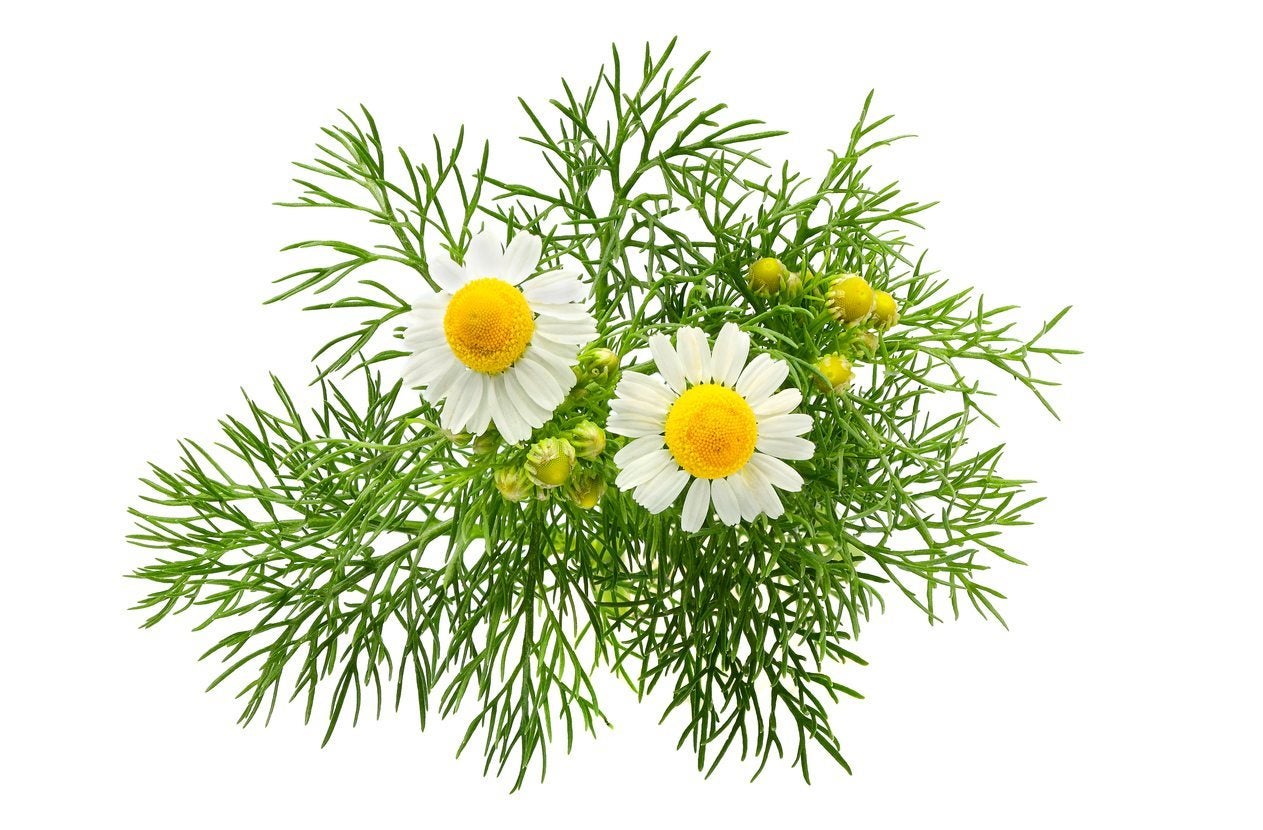 Roman Vs. German Chamomile – Learn About Different Types Of Chamomile
Roman Vs. German Chamomile – Learn About Different Types Of ChamomileIf you're so fond of the tea that you decide to grow chamomile in your own garden, you may be surprised to find that there are different types of seeds and plants available. Click here to learn about distinguishing between different chamomile varieties.
By Darcy Larum
-
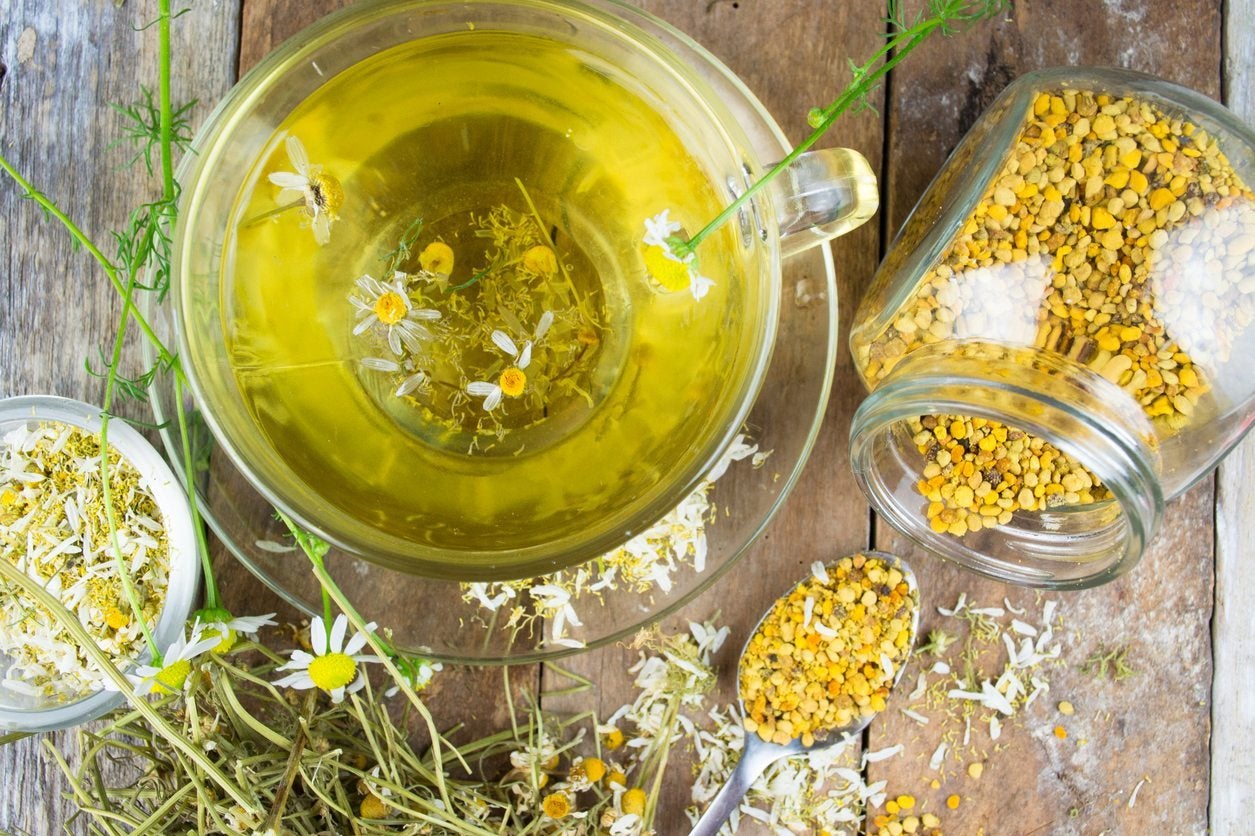 Is Chamomile Edible – Learn About Edible Chamomile Uses
Is Chamomile Edible – Learn About Edible Chamomile UsesTraditionally, many generations have appreciated chamomile for its curative qualities, and to this day, people rely on chamomile tea to calm frazzled nerves and relax at bedtime. But is chamomile edible, and if so, what parts of chamomile are edible? Find out here.
By Mary H. Dyer
-
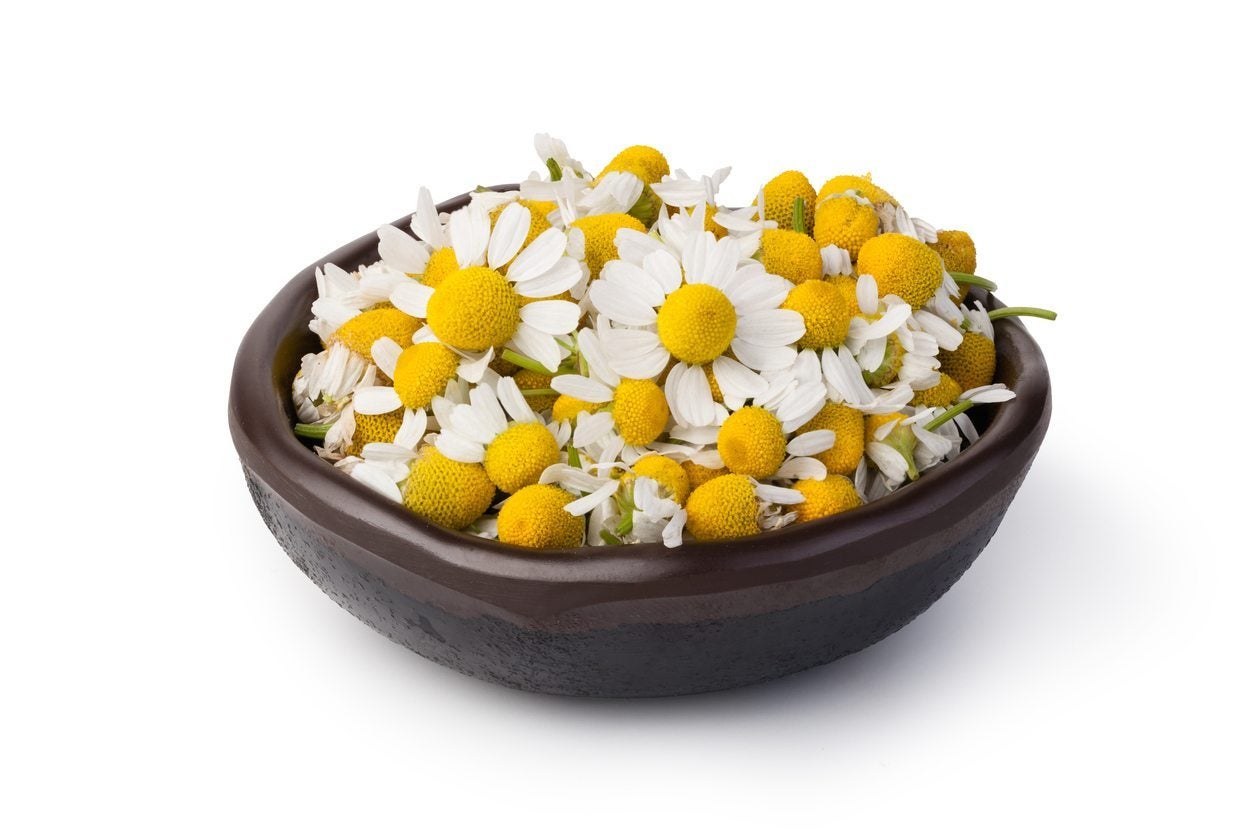 Harvesting Chamomile Plants: When To Pick Chamomile Flowers
Harvesting Chamomile Plants: When To Pick Chamomile FlowersChamomile is useful for so many ailments and is easy to grow too, but how do you know when to pick chamomile? Not only do you need to know when to harvest chamomile, but how to harvest chamomile. Click this article to find out about picking chamomile plants.
By Amy Grant
-
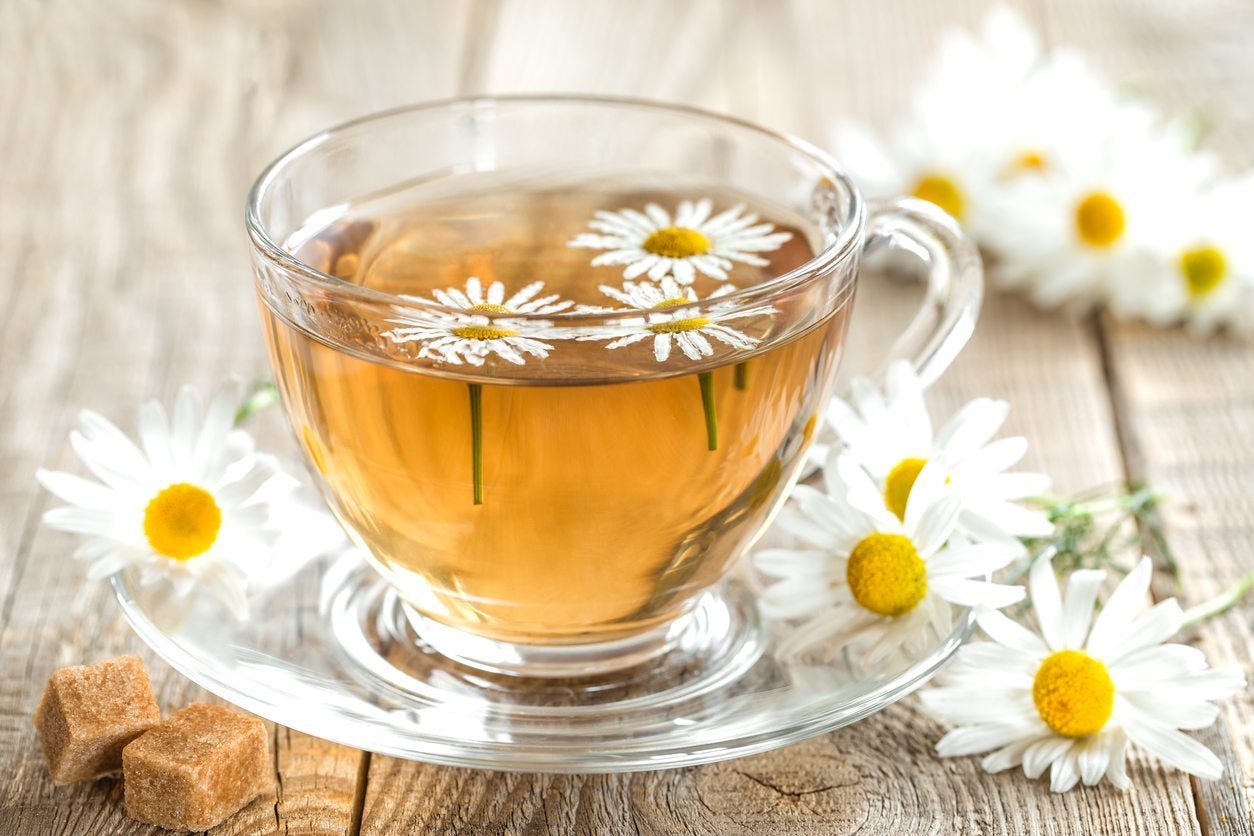 Growing Chamomile Tea: Making Tea From Chamomile Plants
Growing Chamomile Tea: Making Tea From Chamomile PlantsIf you?ve never thought about growing your own chamomile tea plant for tea brewing, now?s the time. Chamomile is easy to grow and thrives in a variety of areas. Use the information from this article to find out how to grow chamomile for tea.
By Amy Grant